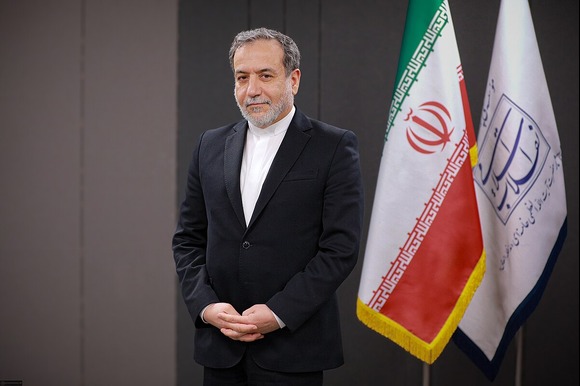
Photo by fernandozhiminaicela
The emergence of the COVID-19
The emergence of the COVID-19 (coronavirus) outbreak in Wuhan city, China. December 2019, was the wakeup call for the world to review its political, economic and strategic preferences and cope with their structural flaws. According to the World Health Organization (WHO), so far the outbreak has spread to more than 150 countries in just over two months, infecting more than 250,000 people globally.
The COVID-19 pandemic is striking hard in the heart of major economies all over the world; resulting in huge economic disruptions, downward swings in stock markets, shutting off of air routes, tourism decimated, factory closures and upsetting supply chains including a downward trajectory in numerous service sector activities. In her recent statement, the head of the International Monetary Fund (IMF) has warned that “it is clear that the global economy has now entered a recession that could be as bad as or worse than 2009 downturn”. Apart from the tragic human consequences of the COVID-19 epidemic, the UN’s Trade and Development Agency (UNCTAD) has said, “We envisage a slowdown in the global economy to under two percent for this year, and that will probably cost in the order of $1 trillion this year, compared with what people were forecasting back in September.”
Economic Condition
From an economic outlook, the COVID-19 is not the only key cause, but the chaos and disorder it has brought, it has definitely made the situation far more critical. The virus is expected to cause even more disruptions, depress demand, and will definitely be a source of global slowdown till a treatment or vaccine is developed. The expansion of COVID-19 is an admonition to countries who had blatantly neglected their social sector investments, particularly in health, education, research and human development. Intentionally or unintentionally, they choose to invest excessively in nonproductive infrastructure and on defense including nuclear weapons.
It is too early to predict the real scale of the coronavirus catastrophe on major economies like China and the US, but the numbers even at this point of time show that those with the biggest economies will be the hardest hit and the trickledown effect of this recession may annihilate a few countries completely. The US is already facing massive unemployment and according to experts the real bulk of this crisis is yet to hit home. Right now, the question is, “What actually triggered this swift and unexpected economic collapse, globally, merely the virus or something else?”
Since SARS broke out in 2003, China has had the largest share in the world economy. However, being the epicenter of the COVID 19 outbreak has halted the economic activity of this industrial giant as well. Once the biggest importer of oil, today due to the reduction in economic activity, China’s consumption has fallen so low that its impact can be felt in the rapid fall of oil prices globally, taking oil prices to as low as USD 20per barrel. This happened even before a disagreement on production cuts between OPEC and its allies caused the latest plunge in oil prices. Reduced oil demand has also hurt Saudi Arabia’s state-owned oil giant, Aramco. The virus outbreak followed by an unexpected increase in supply has proven to be a “double whammy” for oil markets which dropped oil share prices drastically, resulting, crashing stock markets. Today, brands like Apple and Nike and other manufacturing companies around the world, which are heavily dependent on China, admit the negative effects of the virus resulting in low aggregate of production and supply. Apple alone is suffering a revenue loss of $1billion per day due to its stores closure around the world. However, the pandemic has forced policymakers to look for alternative ways to respond to this crisis.
What we have is an economic situation that, very clearly, is going to outlive the COVID 19 pandemic. The economic advisory will be widely dependent on the demand tempt. To counter these fears, many analysts stated that the, “Governments need to spend at this point in order to prevent the kind of meltdown that could be even more damaging than the one that is likely to take place over the course of the year”. In this globally connected economy and world, the global challenge is about dealing with the financial after-effects of COVID 19. The associated economic effects and aftermath of this crisis seems compelling to fundamentally change state’s public policy responses, ways of working as well as tactics towards dispute resolution. Therefore, the underdeveloped and developing nations with weak systems certainly need international assistance and these states have to seriously invest in the field of human resources as well as in their institutional building.



